Cabernet Sauvignon grapes, characteristics and description of the variety, recommendations for care and planting, reviews

The Cabernet Sauvignon grape is known to many as a variety that produces delicious wine.
However, in order to get good quality wine and a high yield, you must follow some recommendations for caring for the crop. Let's take a closer look at them.
Content:
- Cabernet Sauvignon grapes, variety description, photo
- Main characteristics, yield
- Frost resistance
- Disease resistance
- Growing season, care recommendations
- Use in cooking
- Reviews
Cabernet Sauvignon grapes, variety description, photo
Grapes are considered technical, and it is used to make wine. The berries contain tannin, which adds tartness and taste to the drink.
France is considered the birthplace of grapes, as winegrowers have been planting them in the Bordeaux region for a long time. It is in honor of this territory that the wine drink is named. The Cabernet Sauvignon variety appeared by crossing two grape varieties - Sauvignon Blanc and Cabernet Franc.
Description:
- The berries are dark blue, round in shape. The skin is thick, covered with a waxy coating on top. Inside the berries there are from one to three seeds.
- The pulp is juicy and light. The taste is nightshade, and when ripe it tastes like black currant.
- The length of the ripe bunch is on average twelve to fifteen centimeters, the width is up to eight centimeters.
- The shape of the bunch is conical.
- The foliage is five-lobed, with triangular teeth along the edges.
- The grape juice is pale pink, almost colorless.
Main characteristics, yield
Characteristics of the variety:
- drought-resistant;
- frost-resistant;
- has the ability to self-pollinate (both male and female flowers are present on the vine at the same time);
- bushes are spreading, tall;
- The vine is covered with fluff on top.
The peculiarity of Cabernet Sauvignon is that its taste can change in accordance with growing conditions and locality.
The tastiest grapes are obtained when grown on the southern slopes.
A distance of up to four meters must be maintained between rows, and up to one and a half meters between bushes.
Productivity is high. From 1 hectare they harvest from sixty to one hundred centners of crop. In this case, the berries can hang on the vine until frost.
Let's watch an interesting video about Cabernet Sauvignon grapes:
Frost resistance
Cabernet Sauvignon is considered frost-resistant. The culture can withstand low temperatures, up to minus thirty degrees.
However, if the landing is carried out in the regions of the middle zone, care should be taken about winter shelter. Burying is used as shelter; this is the easiest and fastest option. Some insulate the vines by covering them with film, plywood, boards and other similar materials.
Having chosen the second option, you should take care of preparing a “pillow” by placing dry grass under the material.
However, the vineyard can suffer not only in winter, but also during autumn and spring frosts. Experts note that this question is a whole science; you can’t fully predict weather conditions, so you should carefully monitor unexpected temperature changes.
Disease resistance
Unlike other types of this crop, this variety has good immunity to diseases and damage by insects. But prevention never hurts.
It is worth purchasing in a specialized store drugs and substances intended for the treatment of rot and fungal diseases, and spraying agents against the appearance of leaf rollers, spider mites, grape mites and itching.
The only insect dangerous to Cabernet Sauvignon is wasps. To protect the vine from their attack, it is necessary to constantly monitor it, preventing the formation of wasp nests. You can make traps or cover the berries with gauze.
Growing season, care recommendations
The growing season ends in mid-July. It is divided into two periods: the first collection is carried out one hundred and forty days after the buds open, and the second collection is carried out after one hundred sixty-five, one hundred and seventy-five days.
Care instructions:
- watering;
- feeding;
- pruning
Watering is moderate. The soil should be kept moist throughout the growing season.
Fertilizers should be added up to five times per season, depending on the condition of the soil. At least fifteen days must pass between each procedure.
Pruning is carried out at any time to lighten and thin out the vine.
Use in cooking
In cooking, the variety is most often used to make wine. The wine drink is served with smoked and fatty meat dishes.
But you should not drink this wine with dessert and appetizers; due to its strong taste, the drink will overwhelm the taste of light dishes.
Marinades and sauces are often made based on wine.
Let's watch a useful video about making homemade wine:
Reviews about the variety
Reviews about Cabernet Sauvignon grapes are found on the Internet quite often, here are some of them.
Pavel noted on the forum:
I have long dreamed of growing good grapes in my garden. The dream came true a couple of years ago. I planted several varieties on my plot, including Cabernet Sauvignon.
I am pleased with the unpretentiousness of the culture and good frost resistance. The variety has never been sick. The berries produce an aromatic wine; when fresh, the fruits do not have any special taste.
Nikolay:
I have been planting grapes for more than twenty years. I give preference to Cabernet Sauvignon.
The yield is high, I sell part of the harvest, leaving a little for making homemade wine. The variety is not capricious, quickly strengthens in the ground and grows. I recommend!
So, the Cabernet Sauvignon grape variety is intended only for making wine.
Low maintenance requirements, high yield, excellent protection from diseases and frost make it the best among other varieties of this crop.
By following all the recommendations, even without much experience, you can independently prepare an aromatic and tasty homemade wine drink - “Bordeaux”.

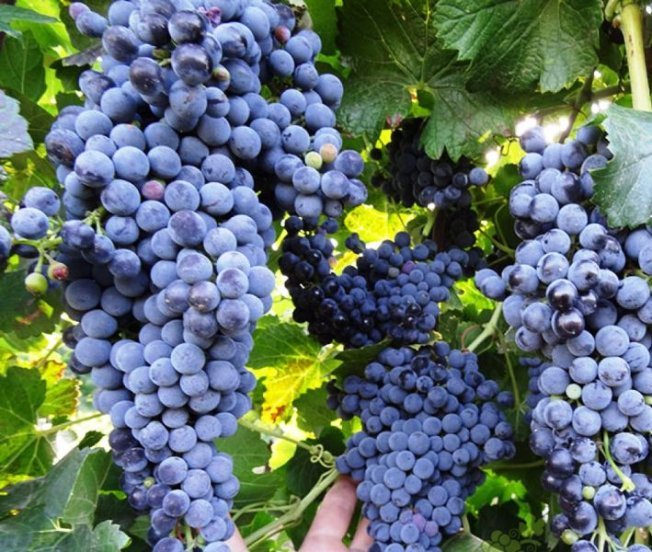
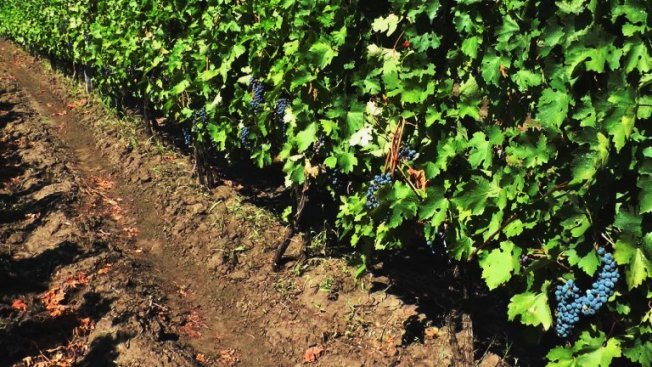
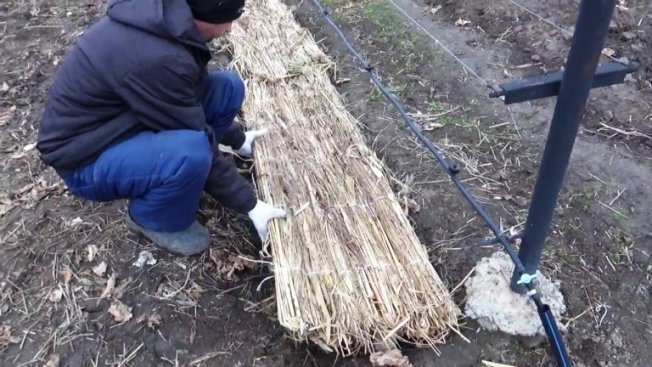
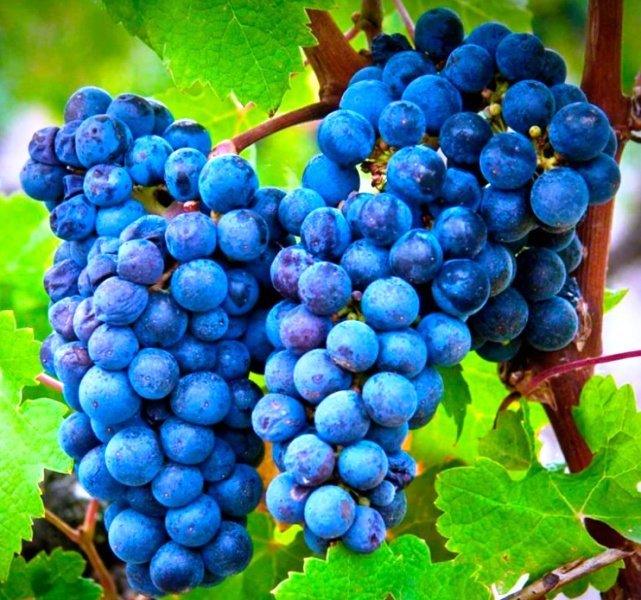



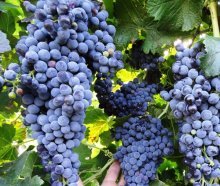
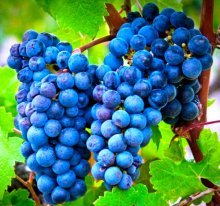
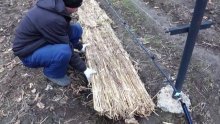
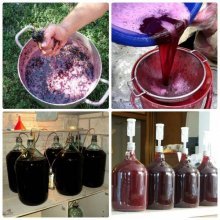

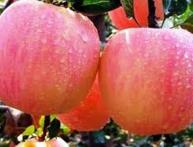
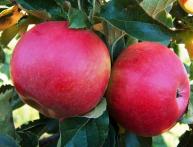
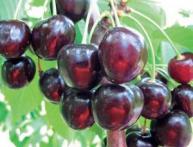
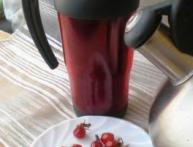
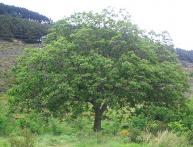
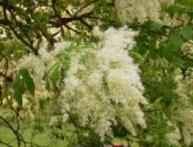
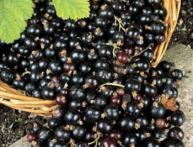
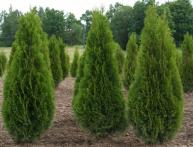
Comments
Hello, first of all, thanks for the article, I was looking for information about this variety. Secondly, friends, tell me some means for processing. In general, I’m neither here nor there, I just decided to start gardening